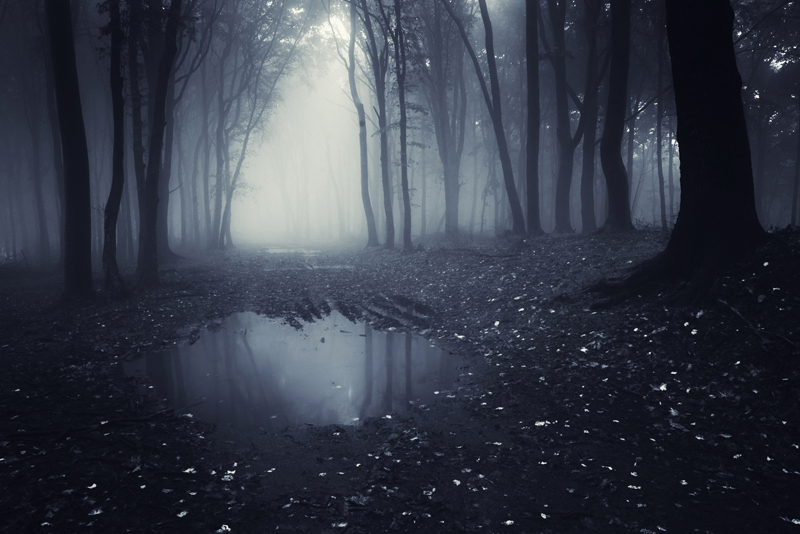Night Moves (1975) Film Review

Dede Allen never consciously sought the spotlight, yet she became one of the most influential women in American film. She began her career as a messenger at Columbia Pictures in the mid-1940s and moved up the ranks to become head of post-production at Warner Brothers in the 1990s. In between, she edited a number of seminal films including two of Sidney Lumet's masterworks, "Serpico" (1973) and "Dog Day Afternoon" (1975).
Allen's partnership with director Arthur Penn produced perhaps her most celebrated work, "Bonnie and Clyde" (1967). Penn described her as "an extraordinary collaborator and in the course of editing that film, I came to develop confidence in Dede. Indeed she wasn't an editor, she was a constructionist." Penn did not use storyboards, so sequences like the slow-motion dance of death that ends "Bonnie and Clyde" had to be fashioned in the editing room.
"Night Moves", released in 1975, is more subdued than "Bonnie and Clyde" and reflects Penn's growing disillusionment with Hollywood. Penn again enlisted Dede Allen to edit and Gene Hackman, a supporting actor in "Bonnie and Clyde", was cast as the lead. Hackman plays a football player turned private eye, Harry Moseby. Moseby is a chess aficionado who gets outmaneuvered by the other pieces in this game. He discovers his wife (Susan Clark) is having an affair and the teenage runaway (Melanie Griffith in her first role) he returns to her slatternly mother winds up dead.
Several of Dede Allen's innovative techniques are evident in "Night Moves". She had a penchant for overlapping sound and it is used early in the film. The voice of Nick (Kenneth Mars), the head of a detective agency, is heard before we actually see him speaking in his office. At the end of the scene, Nick's dialogue is heard while the image has already cut to Moseby outside. The device serves to drive the film forward. The pace is also enhanced by Allen's frequent cuts to a frame of action. Twice, she cuts from a scene to Moseby in the act of kicking something. His character is literally, as well as metaphorically, stumbling around.
Allen was known for her technical prowess in the editing room; she stated that the mechanics of editing were never a problem for her. She always used the tools at her disposal, however, to serve the story and the actors. "Performance is king", she told her colleagues. "Night Moves" is told entirely from Moseby's point-of-view (in fact, the boat in which he lies wounded at the end is named "Point of View") and the film rests on the quality of Hackman's performance. Hackman delivers, but so does Dede Allen.
"Night Moves" is available on DVD and Amazon Video. I watched the film at my own expense. Review posted on 7/14/2018.
Allen's partnership with director Arthur Penn produced perhaps her most celebrated work, "Bonnie and Clyde" (1967). Penn described her as "an extraordinary collaborator and in the course of editing that film, I came to develop confidence in Dede. Indeed she wasn't an editor, she was a constructionist." Penn did not use storyboards, so sequences like the slow-motion dance of death that ends "Bonnie and Clyde" had to be fashioned in the editing room.
"Night Moves", released in 1975, is more subdued than "Bonnie and Clyde" and reflects Penn's growing disillusionment with Hollywood. Penn again enlisted Dede Allen to edit and Gene Hackman, a supporting actor in "Bonnie and Clyde", was cast as the lead. Hackman plays a football player turned private eye, Harry Moseby. Moseby is a chess aficionado who gets outmaneuvered by the other pieces in this game. He discovers his wife (Susan Clark) is having an affair and the teenage runaway (Melanie Griffith in her first role) he returns to her slatternly mother winds up dead.
Several of Dede Allen's innovative techniques are evident in "Night Moves". She had a penchant for overlapping sound and it is used early in the film. The voice of Nick (Kenneth Mars), the head of a detective agency, is heard before we actually see him speaking in his office. At the end of the scene, Nick's dialogue is heard while the image has already cut to Moseby outside. The device serves to drive the film forward. The pace is also enhanced by Allen's frequent cuts to a frame of action. Twice, she cuts from a scene to Moseby in the act of kicking something. His character is literally, as well as metaphorically, stumbling around.
Allen was known for her technical prowess in the editing room; she stated that the mechanics of editing were never a problem for her. She always used the tools at her disposal, however, to serve the story and the actors. "Performance is king", she told her colleagues. "Night Moves" is told entirely from Moseby's point-of-view (in fact, the boat in which he lies wounded at the end is named "Point of View") and the film rests on the quality of Hackman's performance. Hackman delivers, but so does Dede Allen.
"Night Moves" is available on DVD and Amazon Video. I watched the film at my own expense. Review posted on 7/14/2018.
You Should Also Read:
Eureka Film Review

Related Articles
Editor's Picks Articles
Top Ten Articles
Previous Features
Site Map
Content copyright © 2023 by Angela K. Peterson. All rights reserved.
This content was written by Angela K. Peterson. If you wish to use this content in any manner, you need written permission. Contact Angela K. Peterson for details.



